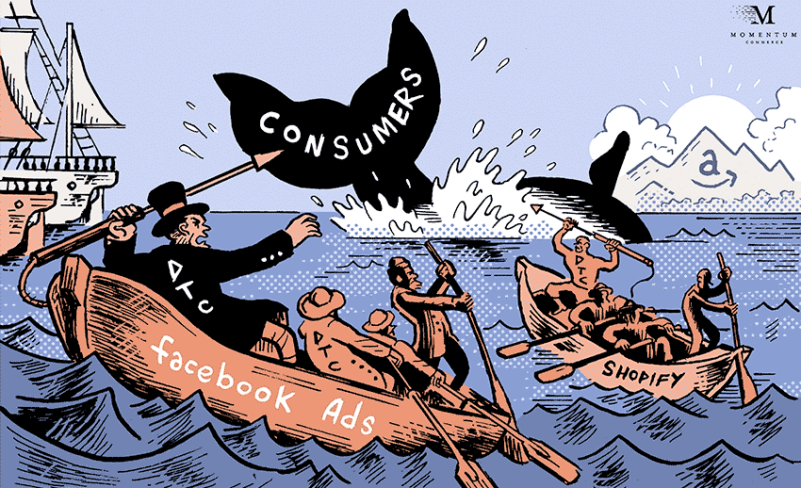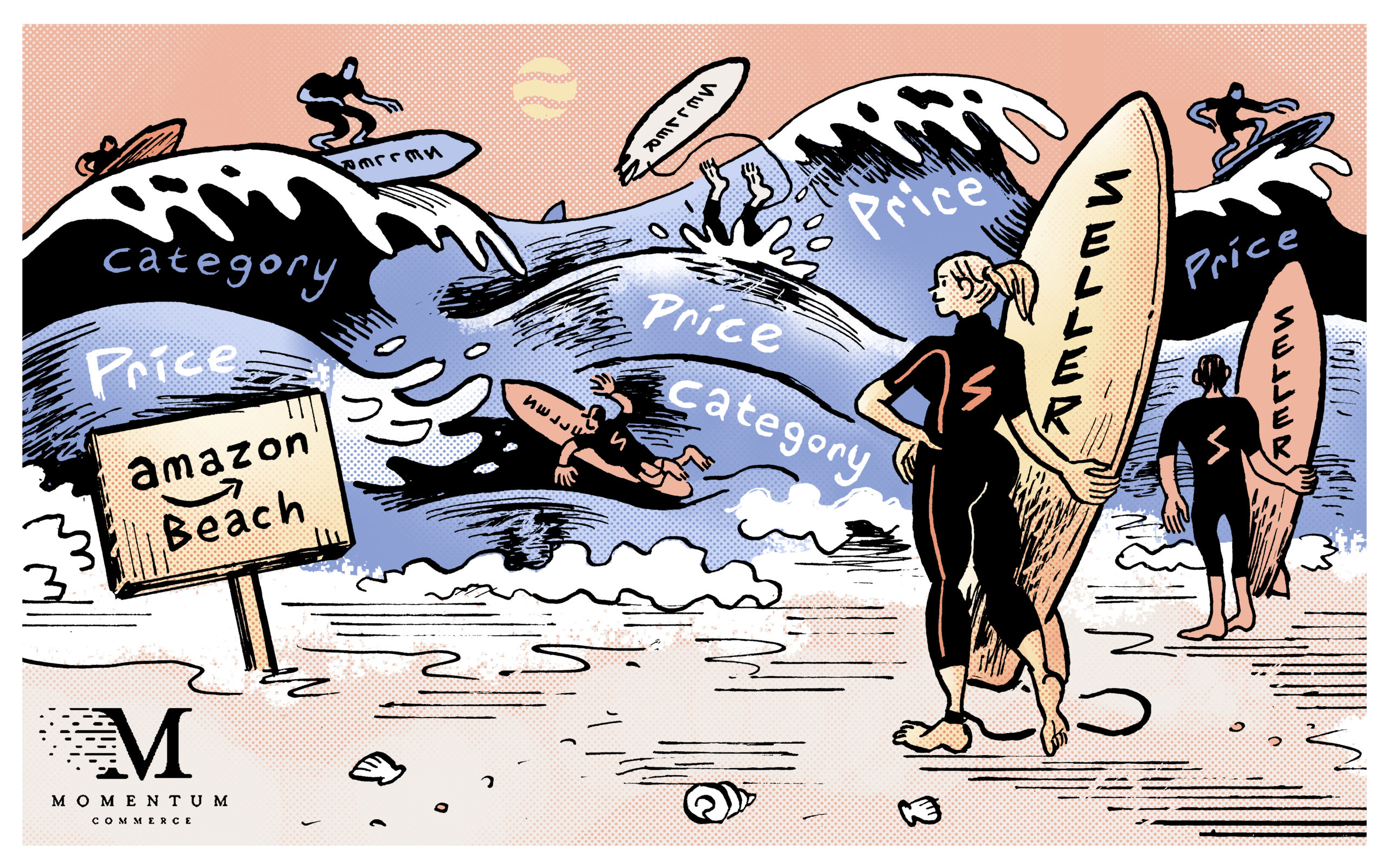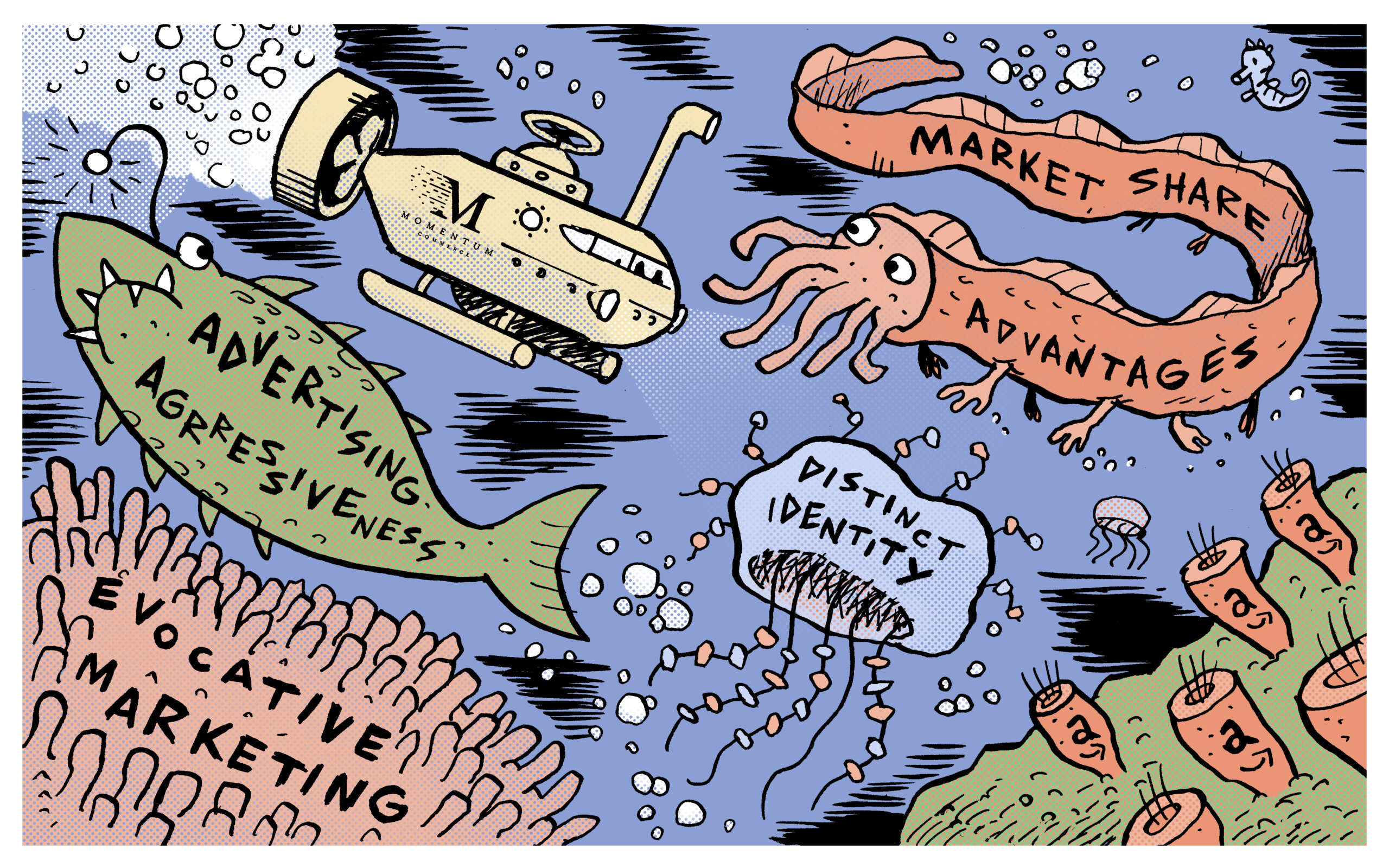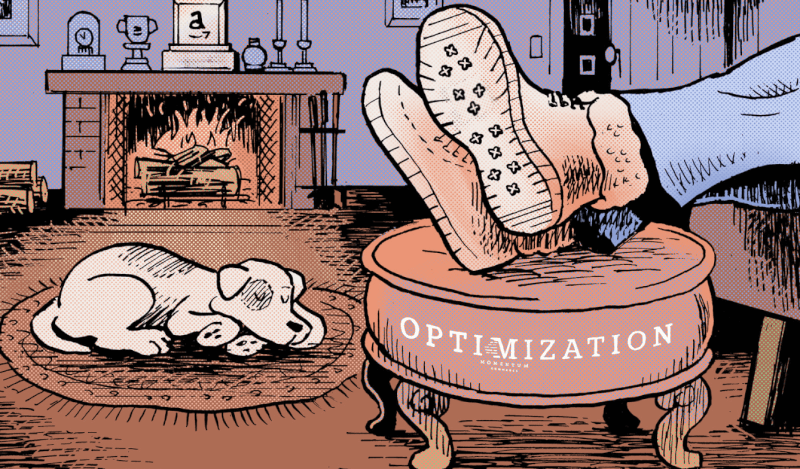
Direct-to-Consumer (DTC) Growth Marketing on Amazon vs. Shopify: The Reluctant Shuffle
The Direct-to-Consumer Gold Rush of the 2010s that gave rise to brands like Everlane, Brooklinen, Harry’s, and Glossier has reached a tipping point. Created on Shopify and Facebook, they are now struggling with the spiking acquisition costs on the platforms that once drove their success while clinging onto loyal shoppers has grown to be more complex. Shoppers now expect to buy anything they want with the click of a button and have it delivered to their doorstep instantly. The rising expectation from consumers has resulted in pressure on brands to adapt… And do it quickly.
Most DTC brands had a strong 2020 due to the COVID effect of a rising tide on all eCommerce boats. However, as we begin to lap the onset of COVID, DTC brands will struggle to maintain year over year comps unless they deploy aggressive growth tactics on Amazon – where the tide lifted the biggest boat the most (Amazon sales represented nearly a third of all ecommerce transactions in 2020).
Growth marketing initiatives will be the saving grace for DTC Brands. Implementation is very different on Amazon than it is on Shopify. On Shopify, the playbook is to leverage Paid Media (Google and Facebook primarily) to drive traffic, conversions and build a robust CRM before leveraging retargeting and email marketing to maximize lifetime value (LTV).
On Amazon, the same playbook does not apply. More attention must be paid upfront to retail readiness. Instead of utilizing paid media to then build a CRM, it should be used to activate the flywheel effect, which is unique to retail platforms like Amazon that reward brands with high sales volume, customer ratings, and reviews with higher organic placement over time. In short – The more you sell, the more visible you are across the Amazon site, the more sales you get and the lower your acquisition costs move.
Though the Amazon ecosystem is complex, the Growth Marketing playbook is simple:
- Scan Your Digital Shelf: Use web-scraping to understand the digital shelves where you want to win and to inform your strategy.
- Determine Your Price Bracket: Pay particular attention to the distribution of price points on the search results pages for the keywords you play in. Unless you are competing on price, be careful not to invest too heavily in the keyword sets dominated by the Chinese suppliers.
- Compel Users to Click (and Be Willing to Pay): Build great product listings with clear images and robust descriptions that will stand out, and support the products aggressively early on with advertising and promotion. Be prepared to lose money to get started.
- Propel the Flywheel Effect: Expect that as you build sales velocity (largely on the back of paid advertising), you can earn stronger organic visibility across the Amazon site. Construct your measurement frameworks and allowable Marketing to Sales ratios accordingly.
- Optimize Your Operations: As you build sales velocity and turn the focus from scale to profitability, anticipate the variable costs of doing business with Amazon and pay particular attention to fulfillment options.
DTC Brands who want to keep the party going that started on Shopify, Google and Facebook ads have no choice but to follow their consumers to Amazon. Increasingly, product discovery starts and ends on Amazon, and even the most robust CRM programs are not immune to this transition.
For every search, thousands of relevant products could be displayed, making the seemingly endless digital shelf on Amazon seem daunting to DTC brands. However, with a marketplace blueprint that focuses on understanding the product landscape, leveraging the Flywheel effect and an optimal operations strategy, DTC brands can win the Amazon shopper.





